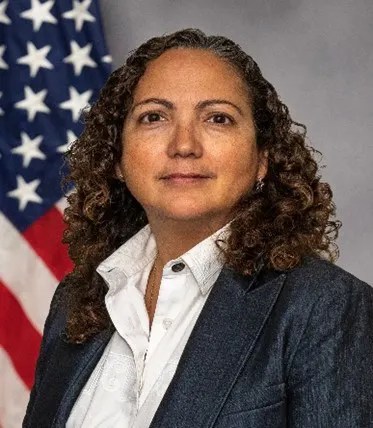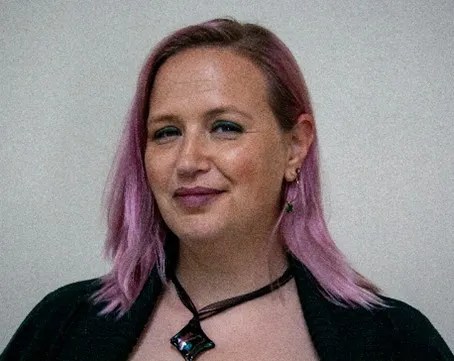WEBINAR
ASTM Committee E30 on Forensic Sciences Announces a Reorganization and New Processes for Increased Stakeholder Engagement
In this webinar, the presenters provide information on the changes to the ASTM E30 Committee into new subcommittees and detail a pathway for forensic service providers to actively participate in the consensus-based standards development process in Committee E30.
ASTM Committee E30 has been around since 1970, began publishing American National Standards in 2021, and continues its path forward to lead in Standards Development. ASTM was formed in 1898 and is one of the world’s largest international standards development organizations. Currently, ASTM has over 35,000 members in over 150 countries driven by expertise and commitment to provide global industries and institutions with trusted standards. To adapt to the growing demand of standardized forensic science processes and methodology, ASTM Committee E30 is creating more discipline-specific subcommittees. In addition to the reorganization of E30, a more structured approach is being implemented geared to increase communication and engagement between ASTM Committee E30 members and public stakeholders.
Learning Outcomes
- Gain a better understanding of ASTM, ASTM E30 Forensic Sciences Committee, its areas of focus, and how to get involved as an E30 member or a public stakeholder.
- Become familiar with the new processes and opportunities to increase communication and engagement both in the United States and Internationally.
Leave with tips for participating in the drafting and commenting of forensic science standards.
Audience Questions
At the end of the webinar, questions were asked by the webinar’s attendees. These included:
- Who are producers, users, and consumers in the forensics process? I can see how manufacturers can be producers, but forensic scientists can also be producers. How does ASTM classify criminal justice stakeholders in these categories?
- Can anyone access the committee documents, such as the standards tracker, or is it only ASTM members?
- Do I have to be a member of ASTM to be involved in E30?
- How can someone join E30.16?
- Can anyone get involved in the virtual committee week?
- In the future, will ASTM provide proficiency testing programs, similar to other ASTM committees? Have ILS been performed with precision statements, reproducibility, and repeatability in standards?
- Will there be any changes to the free access to applicable forensics ASTM standards for staff that work at forensic service providers (FSSP)?
- Is there an expected timeline for the release of the new three ASTM E1618 methods?
- Are there plans to include biology?
- How does voting work for an organizational member?
- Can you be a member of two ASTM E30 subcommittees?
- Can a college student majoring in forensic science participate in the subcommittees?
- Where can I get the ASTM E2857-22 standard for validating analytical methods if it’s not available on OSAC?
- Is biology already covered by ASB?
Presenters


Laboratory Director Agnes D. Winokur has worked for the Drug Enforcement Administration (DEA) for more than 26 years in various roles (e.g., forensic chemist, supervisor, program manager). In addition to DEA, Dr. Winokur currently serves as the Chair of the National Institute of Standards and Technology (NIST) Organization of Scientific Area Committees for Forensic Science (OSAC) Seized Drugs Sub-committee, which focuses on standards and guidelines related to the forensic analysis of seized drugs in the United States. She was a member of the International Scientific Working Group for the Analysis of Seized Drugs (SWGDRUG) for five years, which works to improve the quality of the forensic examination of seized drugs for the international forensic community. Not only is she an active fellow of the American Academy of Forensic Sciences, but she is currently the Criminalistics Section Chair and the Chair of the Academy’s Opioids and Emerging Drugs Ad-Hoc Committee. Dr. Winokur’s commitment to forensic standard developing efforts in the United States and abroad is also evident through her work as the Chair of the Standards Developing Organization ASTM International E30 Forensic Sciences Committee.
Getting her professional start in academics, Ms. Hernandez entered forensics in 2007 in seized drugs analysis. She started analyzing fire debris samples in 2010 and has since been active in the field. She is a member of several professional organizations including AAFS, CADA, IAAI, ASTM, and OSAC. She is the current Vice Chair for the E30 Committee on Forensic Sciences, the chair for the E30 interdisciplinary subcommittee on forensic sciences and the recording secretary for E30 criminalistics subcommittee.
She is the course instructor for basic and advanced fire debris analysis continuing education courses through the University of Central Florida and the Chair for the Ignitable Liquids Database Committee through the National Center of Forensic Sciences and is the task group chair for OSAC task group and the ASTM technical contact for the updates to ASTM E1618 which are currently under ballot.
